While sanding is easily the most pedestrian task in building a boat, rounding edges is probably next in line. It’s a job that has to be done to give paint and varnish a fighting chance to protect the wood they’re applied to and to give the boat a benign, skin-friendly touch. Sanding edges will do the job, but raises a lot of dust and doesn’t automatically produce uniform results. A router equipped with a corner-rounding bit will work too, but routers are noisy and because they cut in just one direction they often work against the grain.
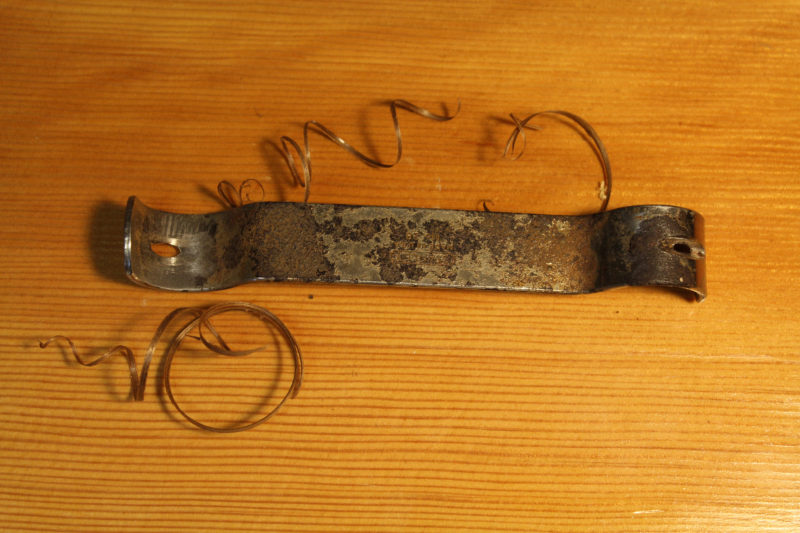
My Stanley No. 28 is still working but looking a little the worse after 37 years in workshops both indoors and outdoors.
Many years ago I bought a Stanley No. 28, a bar of steel with question-mark ends and elliptical holes that round corners to a 1/16″ and a 1/8″ radius. There was also a No. 29 that cut 1/4″ and 3/8″ edges. These tools are no longer made by Stanley, but you can find them for sale on the Web as vintage or antique tools, which, at my age, stings a bit because I bought mine new.
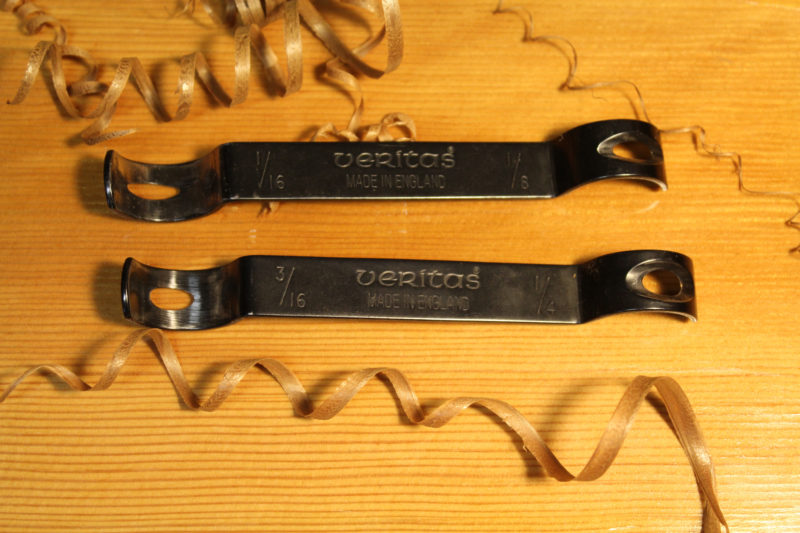
The new incarnations of the Stanley tools by Veritas do excellent work and are a pleasure to use.
Veritas Tools of Canada has made very similar versions of the tools. They’re the same length (5 3/4″) and cut the same radii as the Stanley 28 and 29. The openings are larger than those of the Stanley tools, making a wider throat that requires a bit more care and attention to avoid raising a sliver. The tools are simple to use and can cut either pushed or pulled to suit the run of the grain, though I prefer to switch the work around so I can pull the tool. You can see the wood as it meets the cutting edge, and you’ll be able to tell if the grain has turned against you and stop before you raise a big sliver. You can further minimize that risk by starting with the next smaller size cutter. Veritas includes a sharpening system: a special sanding block set up with the four radii for the different cutting grooves and the large curve on the other side. Silicon carbide 600-grit waterproof sandpaper wrapped round the block hones the metal.
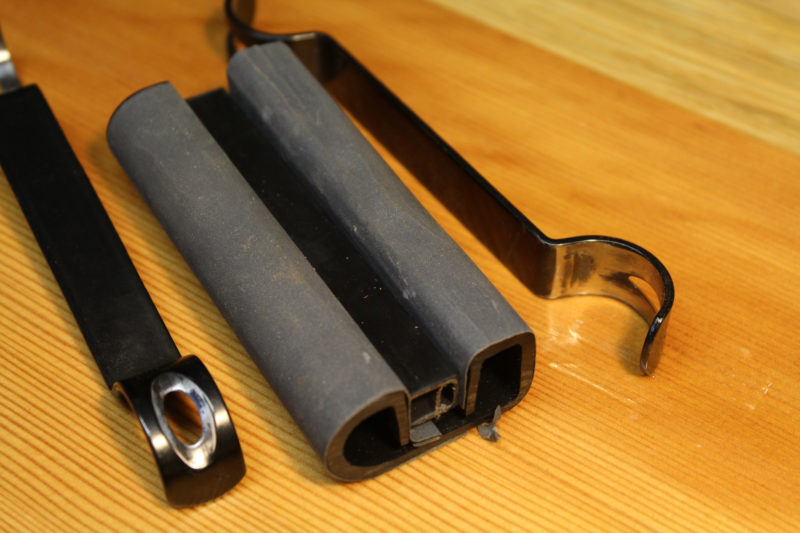
The Veritas sharpening block has all five radii for honing the cutting surfaces. The tools’ black finish gets removed by the 600-grit sandpaper wrapped around the block, leaving polished steel.
These tools stop cutting when the corner is cut to the designated radius, so you get uniform results, and they have a very short contact area so they will work curved edges. They will also cut across grain, though you’ll want to start with the 1/16″ cutter and work your way up to the radius you need, pulling into the workpiece to keep from splitting its corners off, and do a little fine sanding to smooth the surface. They’re a pleasure to use and easy to keep handy in a pocket.
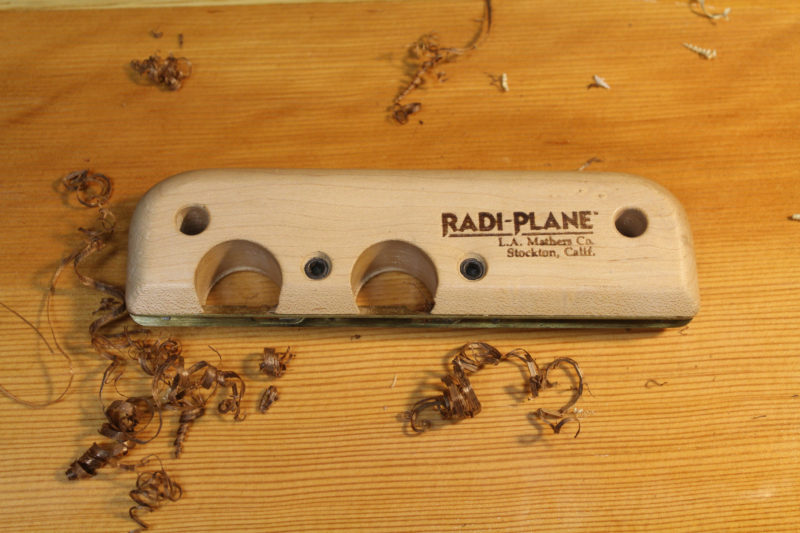
The Radi-Plane is limited to a single radius and working straight edges.
The Radi-Plane, originally made by the L.A. Mathers Company and now reproduced by Rockler and Shopsmith, is a more complex tool. It has a hardwood body, a brass right-angled sole, and two 1/4″-thick carbide-tipped cutting blades. The front blade is set slightly shallower to make a first cut and leave the finishing work to the back blade. Set-screws accessed through the top of the plane adjust the blade depth, and a pair of set-screws on either side of each blade lock it in position. While the blades hold a good edge and should, in theory, cut oak as well as they do mahogany, the Radi-Plane feels like it’s skating on the harder wood. It cuts a radius bit over 1/16″, which can be a good match for working the edges of risers, inwales, and outwales. You have to do the work before such pieces are installed: The 7″-long sole of the Radi-Plane doesn’t do well with even gentle curves. The cut is so shallow that it doesn’t take much to put the work out of the blade’s reach. The Radi-Plane is of more use for furniture making than for boatbuilding.
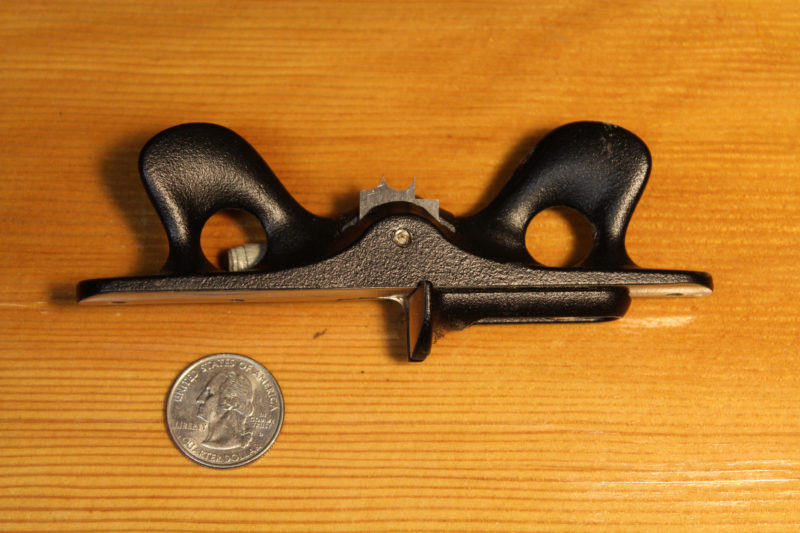
The blades for the Lee Valley beading tool can be easily filed to a corner-rounding profile. The tool produces coarse dust instead of shavings.
Following my article on a homemade profile scraper, one reader noted a commercially made tool by Lee Valley that also cuts beads. The tool will also round a corner to a 1/16″ or 1/8″ radius with the blades available. You can work other radii by filing a plain blade end or a blank blade. The tool cuts by scraping, rather than by cutting, and can be an advantage on wavy grain. But the tool is small, just 5″ long, and designed to be held with the fingertips, and the blades are only about 1/32″ thick, so its calling is light work.
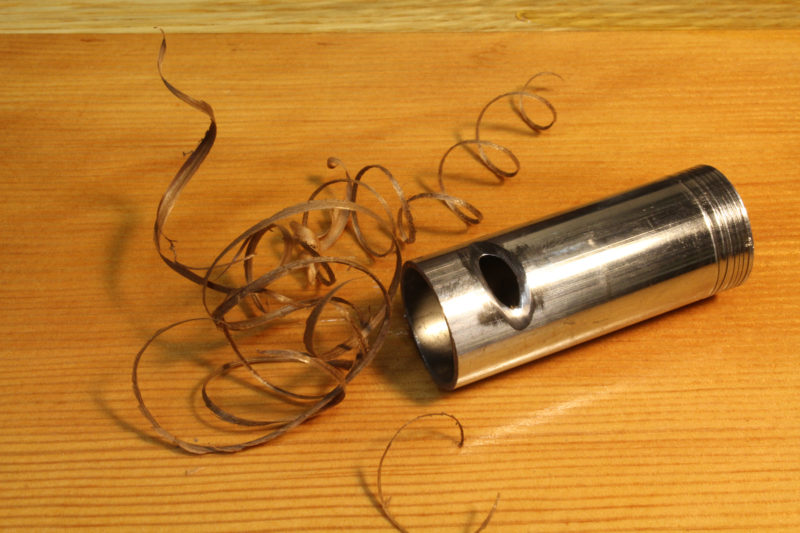
A bit of steel pipe can be made into a corner rounder that works like the Stanley and Veritas tools.
If you’d like to make your own corner rounder, a piece of steel tubing can do the trick. I used some chrome-plated tubing that was kicking around in my metal scrap bin. It has a diameter of 1″—about the same as the curve at the end of the Veritas tool—and a wall thickness of a thin 1/16″—a bit shy of the Veritas. I started cutting the groove across the pipe with a bench grinder and then refined it with a rat-tail file. The sides of the groove need to be flared out to form a 90° angle when the groove is viewed from the end, otherwise they’ll gouge the work, and its ends need to be beveled to create the cutting edges. If you just file straight across, the tool won’t cut. Veritas uses a cutting angle of 15°. Hone the edges inside and out with 600-grit sandpaper wrapped around dowels to match the diameter of the groove and the inside of the pipe.![]()
Christopher Cunningham is the editor of Small Boats Monthly.
The Veritas cornering tool kit sells for around $35.50 at retail outlets. Lee Valley sells their beading tool direct for $36.50. Rockler and Shopsmith both offer a radius plane for around $26.
Is there a product that might be useful for boatbuilding, cruising or shore-side camping that you’d like us to review? Please email your suggestions.
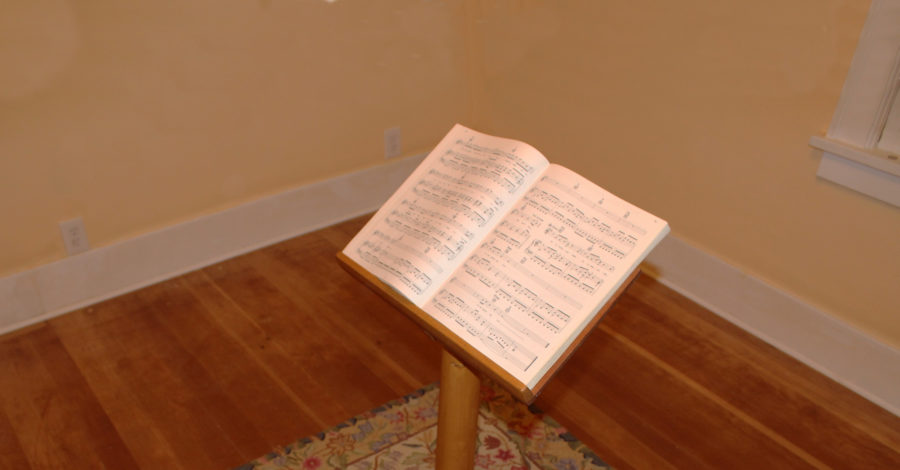
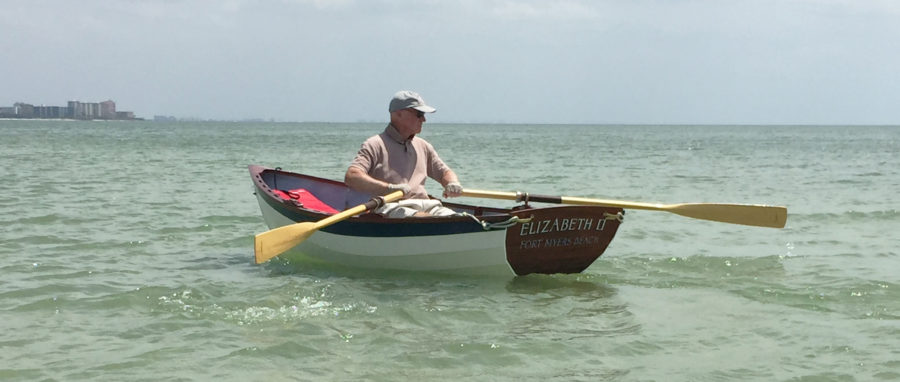
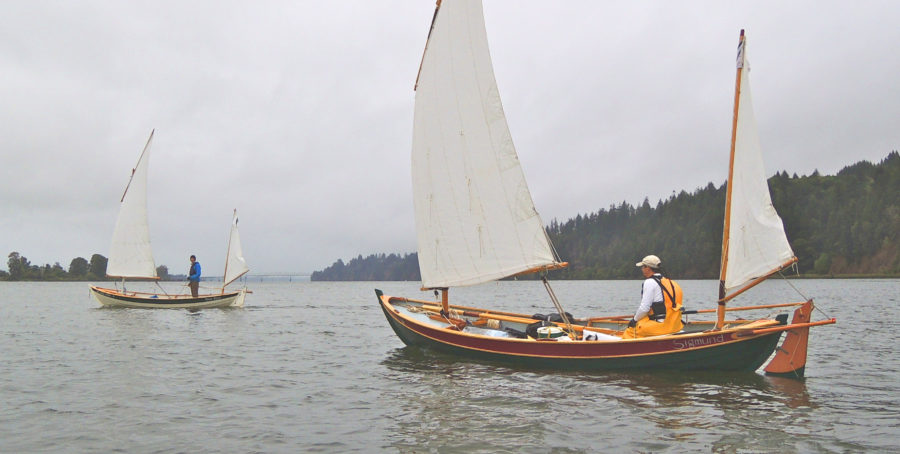
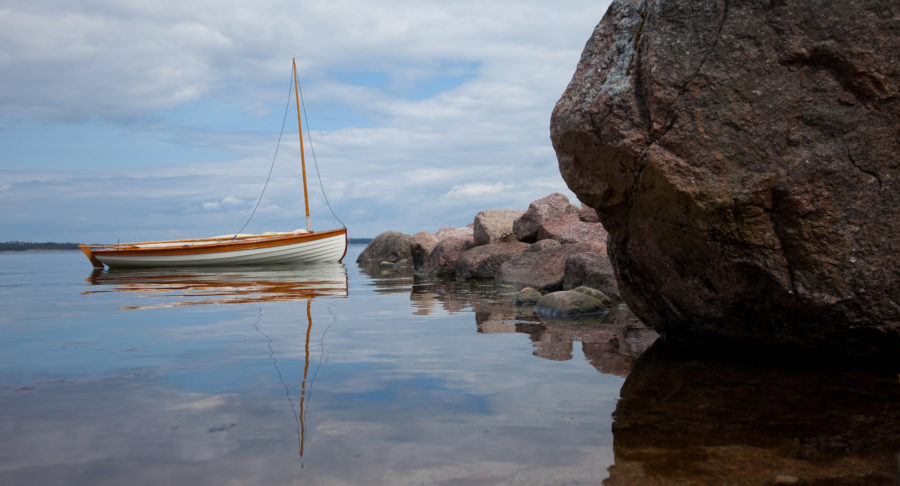
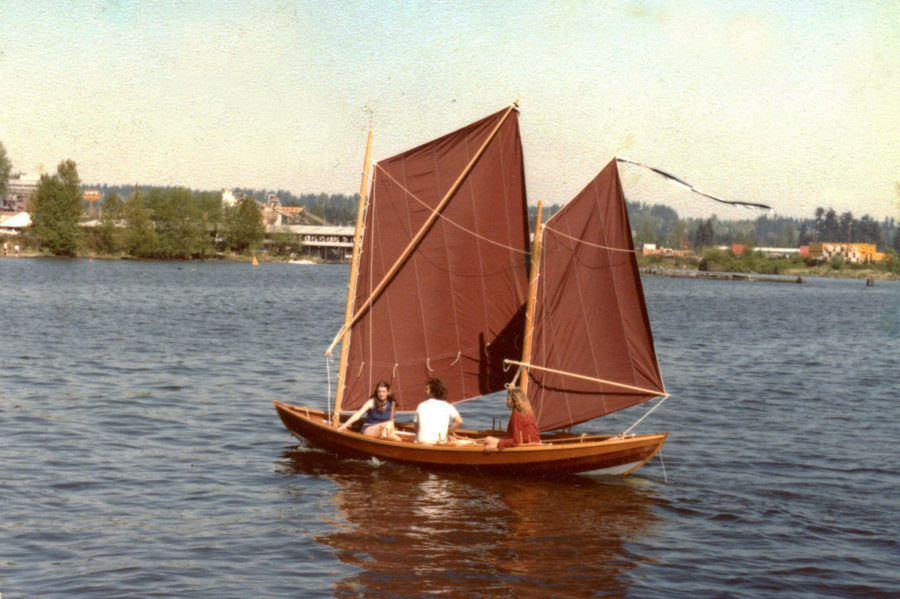
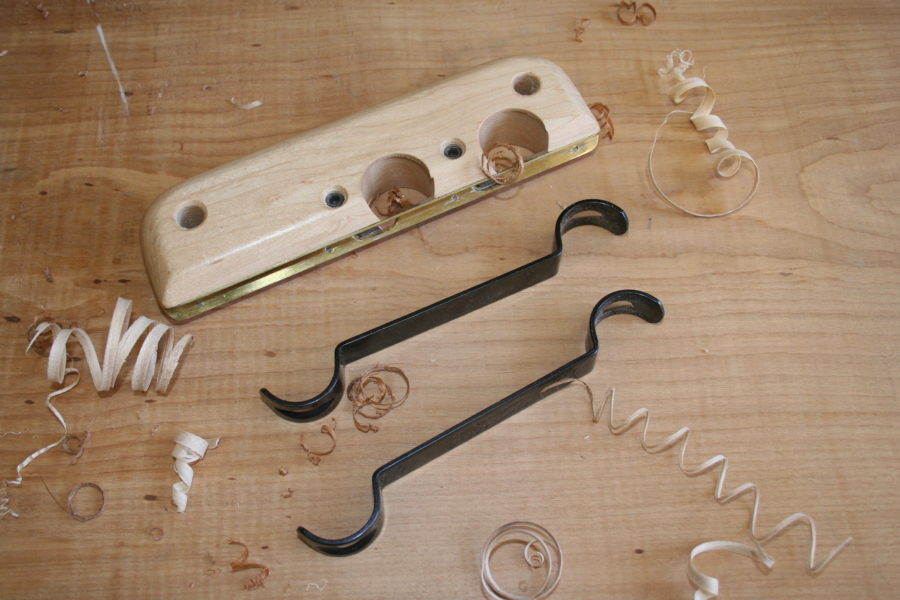
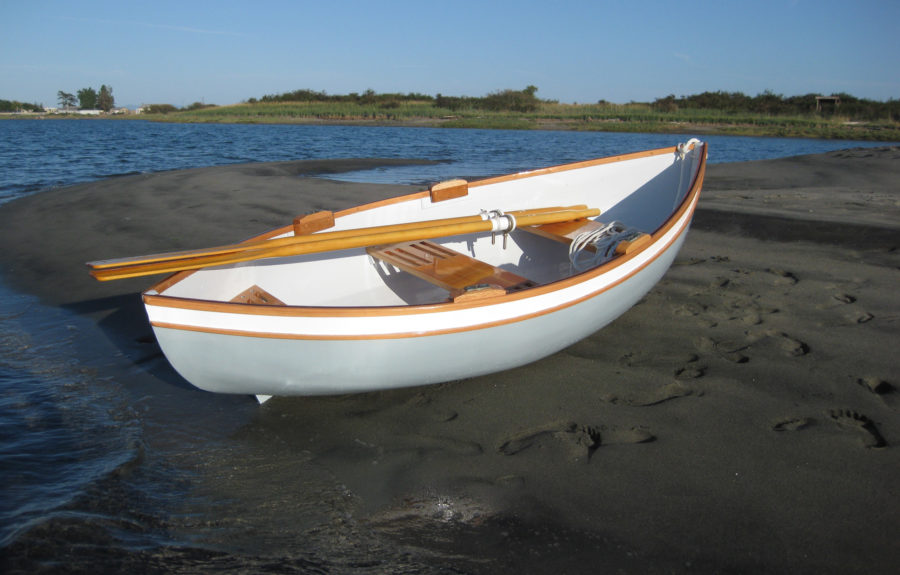
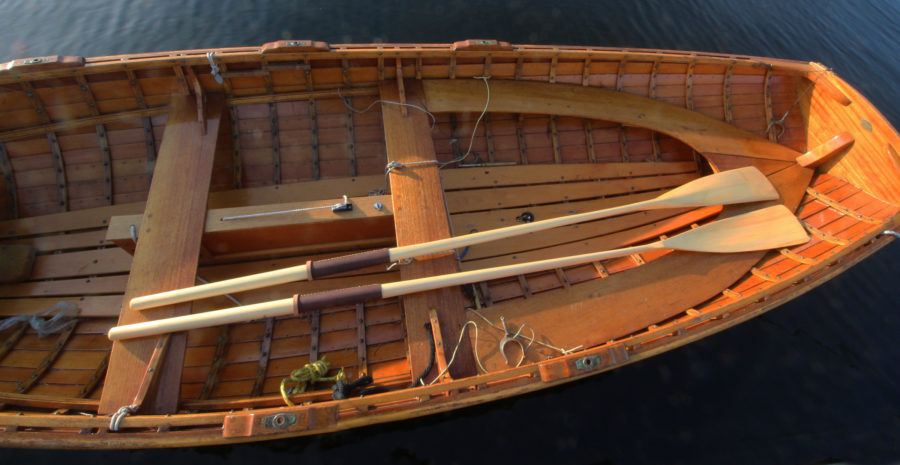
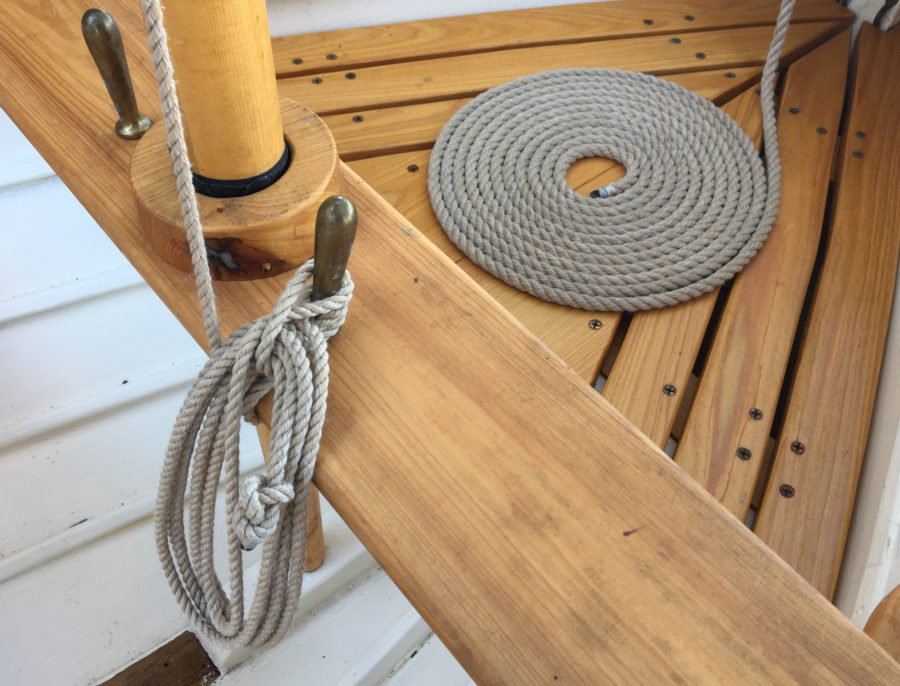
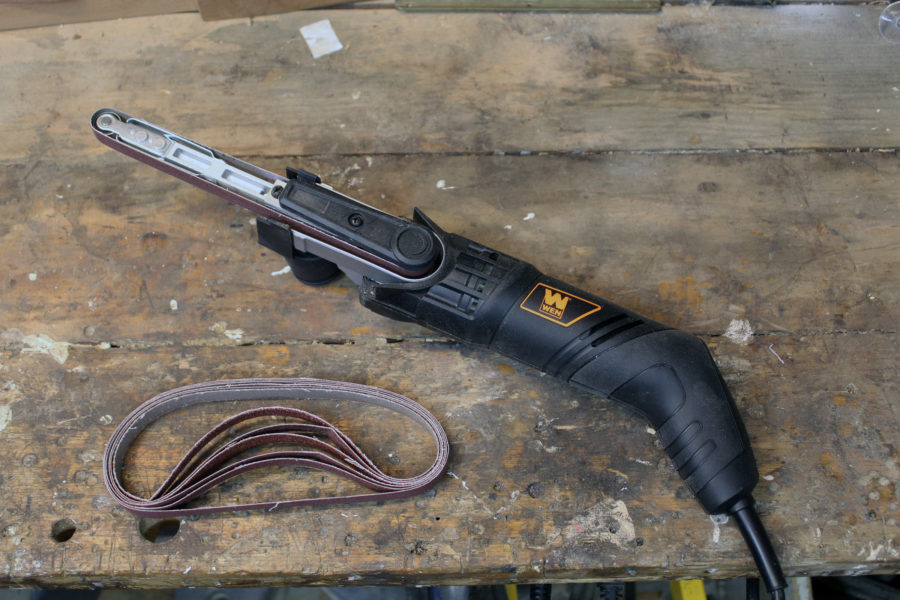
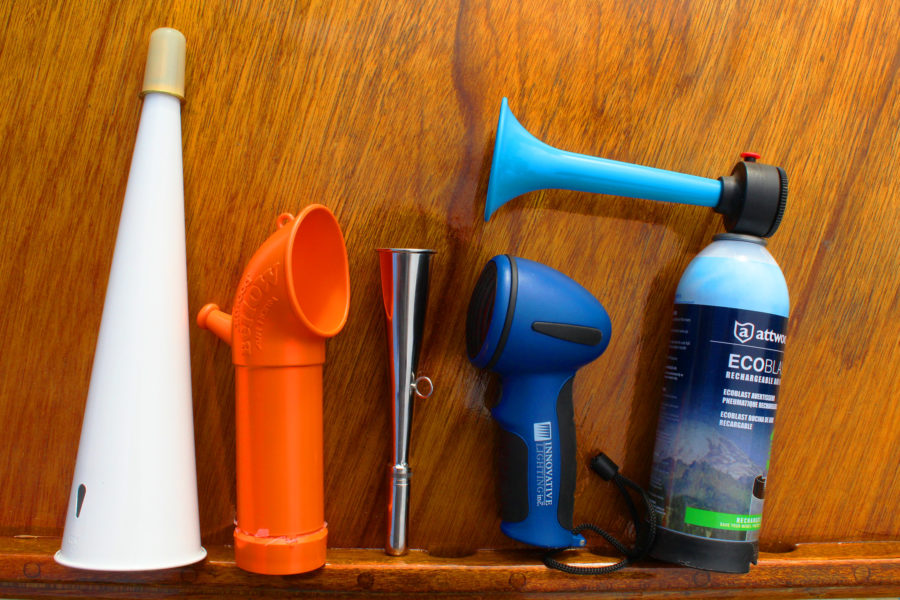
With a multitude of corners needing rounding in my first build, this was very timely review for me. I purchased a Veritas kit within a few minutes of reading this. Thank you.